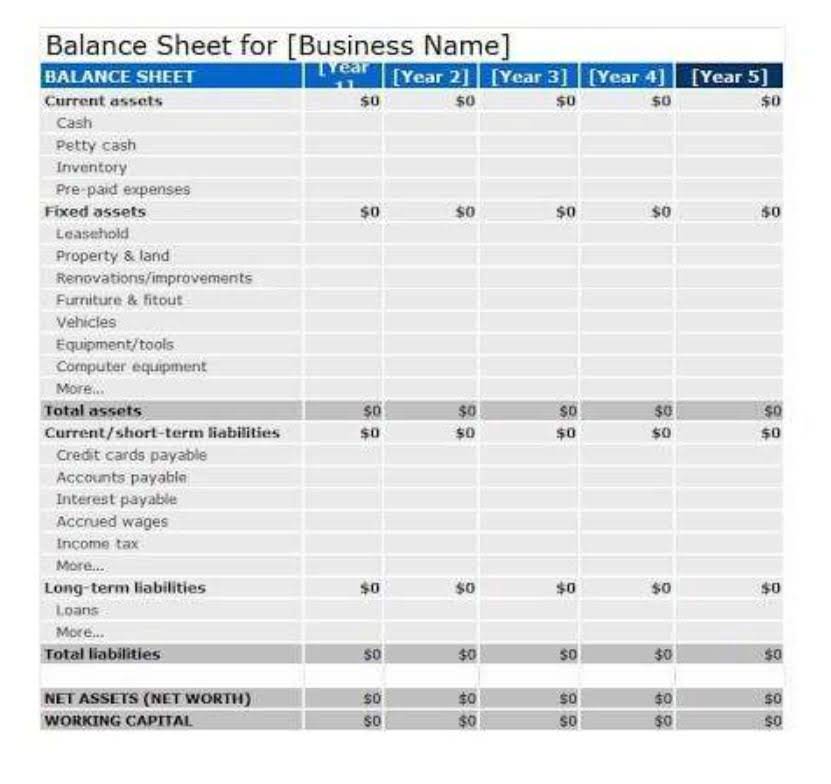
Direct deposits are payments from organizations to an individual. If you have a regular payment made to your bank account from your employer, chances are it is an ACH direct deposit. The cost to use ACH payments varies depending on the provider ACH transfer you use to process payments.
ACH payments 101: What they are and how businesses can use them

The recipient’s bank or credit union—the Receiving Depository Financial Institution (RDFI)—receives the transaction information through the Automated Clearing House Network. The company that’s being paid initiates each payment, but only because they have your standing permission to do that. ACH debit transfers are initiated by the person or organization that’s being paid—the payee. A company might use an ACH credit transfer to pay a vendor, pushing money from its account to the vendor’s account.
What Is the Difference Between a Wire Transfer and an ACH?
- Discover how APY impacts your financial choices and maximizes your savings.
- There can be daily and monthly caps on how much money you can move.
- ACH credit transactions let you “push” money to different banks (either your own or to others).
- The median cost of an ACH payment is between 26 cents and 50 cents, whereas paper checks can cost between $1-$4 to issue and process.
- To accept ACH payments, landlords will need to provide their bank account information to the payment processor.
- ACH payment processing is affordable and convenient, but there are some limitations.
Some common payment issues and their solutions are outlined below. Plaid Transfer is an all-in-one solution to move money, verify risk, and authorize customers. Make sure you factor in that time when setting up a transaction, so there aren’t any surprises later on — especially if you’re making a time sensitive payment. With this information, you can then set up a transfer on your bank app and sit back and relax while waiting for the payment to reach the recipient. Accept payments online, in person, and around the world with a payments solution built for any business—from scaling startups to global enterprises. The biggest advantage of these apps, aside from being easy to use, is the speed they can offer for transfers.
Other Ways To Send Money Online
ACH is short for “automated clearinghouse,” the Federal Reserve’s system used to transfer funds between financial accounts in the United States. ACH transfers are generally quick and easy to enter for linked accounts, and many banks allow you to send an ACH transfer to other accounts you own with no added fee. Financial institutions often set ACH transfer limits based on security measures and risk management strategies income summary to mitigate the risk of fraud. These limits help prevent large unauthorized transactions and allow banks to monitor for suspicious activity. An ACH transfer limit is a cap placed on the amount of money that can be transferred via the ACH network in a single transaction or within a certain period, often a business day.
- As alternatives such as Zelle or third-party apps evolve, electronic funds transfer options will become more robust.
- To avoid the hassle of untangling ACH rejects, it may be worth only accepting ACH payments from trusted customers.
- This payment can be to or from a business, individual, or government account.
- Enjoy lower payment costs, quicker processing times, and happier customers.
- For businesses, this can add up to significant savings over time.

They can just “set it and forget it” by signing up for recurring billing. No more paper Accounting For Architects invoices, paper checks, and time-consuming trips to the bank. The process of an ACH transfer begins with the creation of a data file containing the payment information provided by the originator’s bank.

The Automated Clearing House is a centralized US financial network for banks and credit unions to send and receive electronic payments and money transfers. ACH transfers are much more cost-efficient when compared to wire transfers, which can range between $25 to $75 for international outbound transfers. Wire transfers are known for their speed and are often used for same-day service, but they can sometimes take longer to complete. With an international wire transfer, for instance, it may take several business days for the money to move from one account to another, then another few days for the transfer to clear. Standard ACH transfers typically take 1-3 business days to process.
- Check with your bank about how they handle this process because it differs from place to place.
- ACH payments typically take several business days (the days on which banks are open) to go through.
- To send one, you’ll need to provide the name of the bank you’re sending money to, the relevant account number, and the ABA routing number.
- The two banking institutions check in with each other to make sure there are enough funds in the outgoing account, and if there are, the transfer goes forward.
- Many banks impose limits on how much money you can send via an ACH transfer.
- ACH transactions are commonly called “eChecks», “direct deposit”, “direct debit”, “automatic withdrawal”, and so on.
- While many transfers are seamless, factors such as weekends, holidays, and the policies of the individual financial institution can impact timing.
The benefits of ACH payment processing
You can check with your bank to find out if there is a fee in advance. The transactions are then sent in bulk to the relevant recipients — the ACH batch times might different from bank to bank. Banks across the US came together to find ways to improve payment systems. GeographyACH transfers are available within the US only, but wire transfers can be sent internationally. The ODFI gathers all ACH transfer requests within a given period of time into a batch and sends the batch of files to an ACH operator, which then sends the files to the RDFI.

How long does ACH transfer take?
All banks in the US are able to utilize ACH in at least some fashion, as the minimum requirement to receive ACH transfers is simply a valid bank account and routing number. In addition to banks, payment processors like Square, PayPal, and Stripe utilize ACH as well. Because all US banks use ACH, Plaid is able to connect accounts from 12,000+ financial institutions for ACH transfers. The average ACH transfer costs between $0.26 and $0.50, a fraction of the cost of paper checks or real-time payments. However, the cost can vary by financial institution, as some banks and platforms tack on additional fees.
How to Initiate an ACH Transfer
The base price for an ACH transaction is the network fee, which is fractions of a penny. However, most parties use processing partners who typically add a flat fee per transaction (anywhere from $0.20 to $1.50). While higher-value payments may also see a small percentage-based surcharge (0.5% to 1.5%), those fees usually max out at $5.
Deja una respuesta